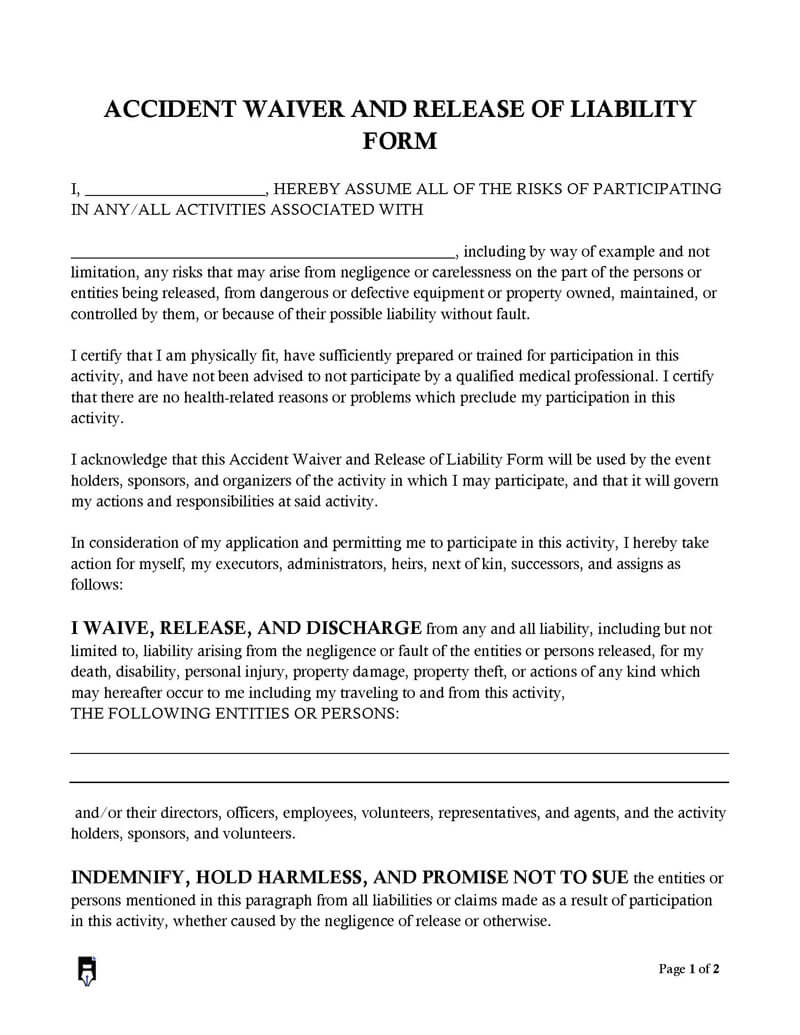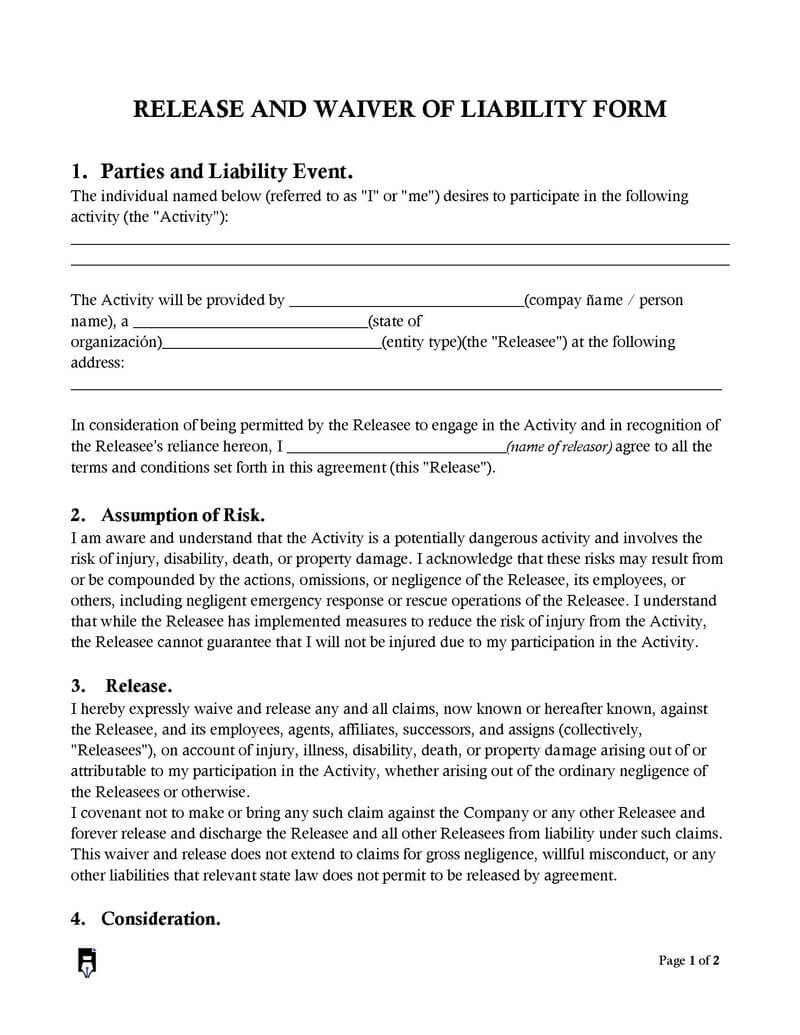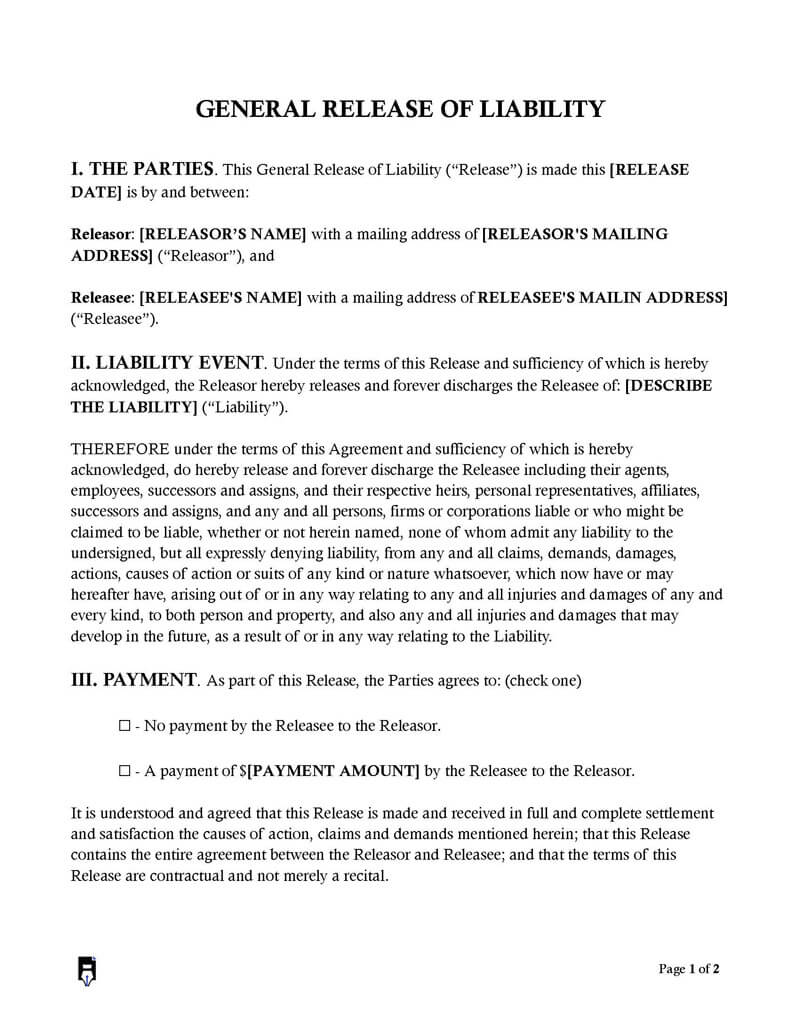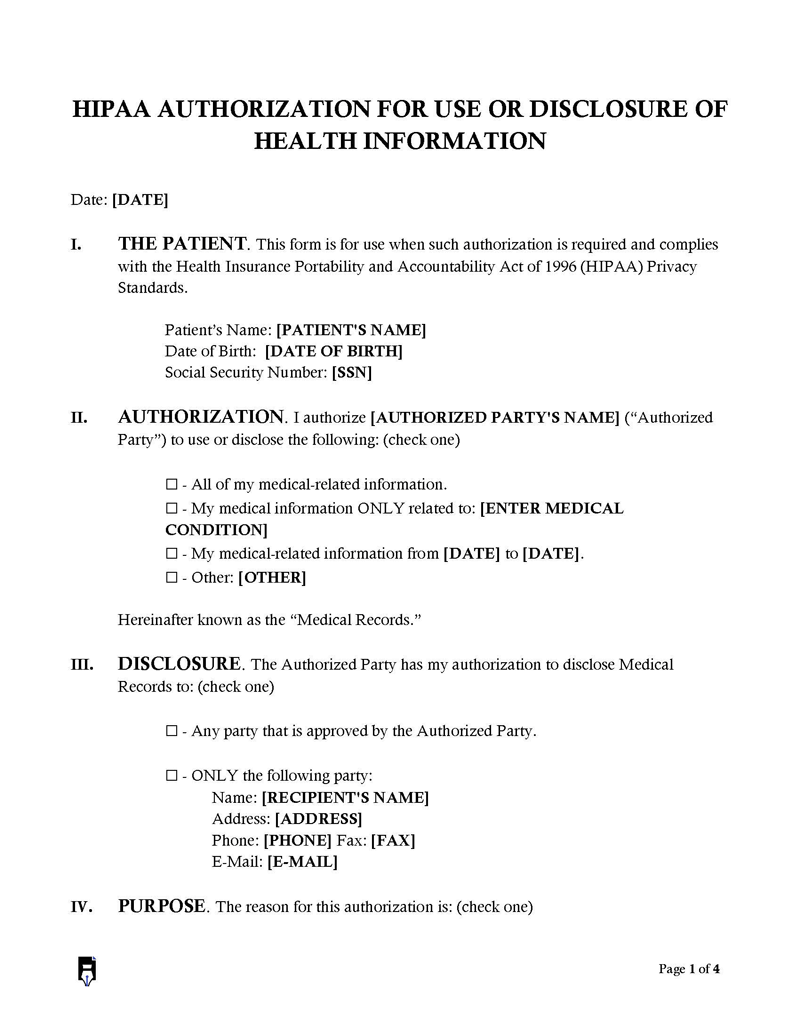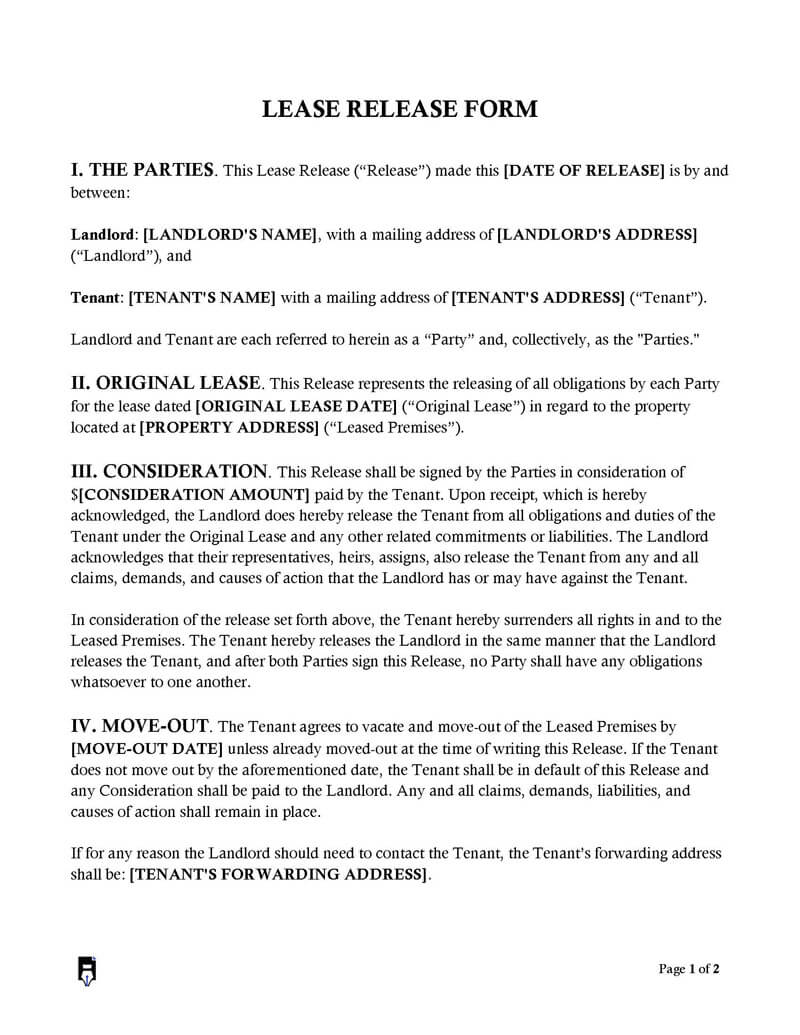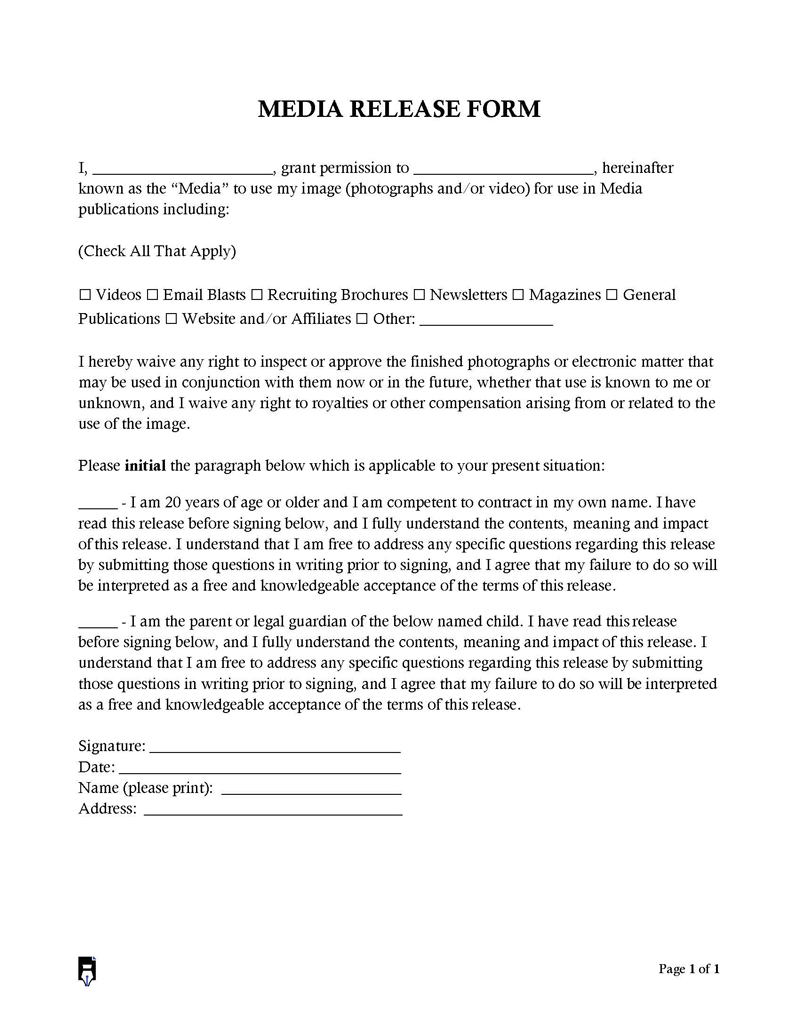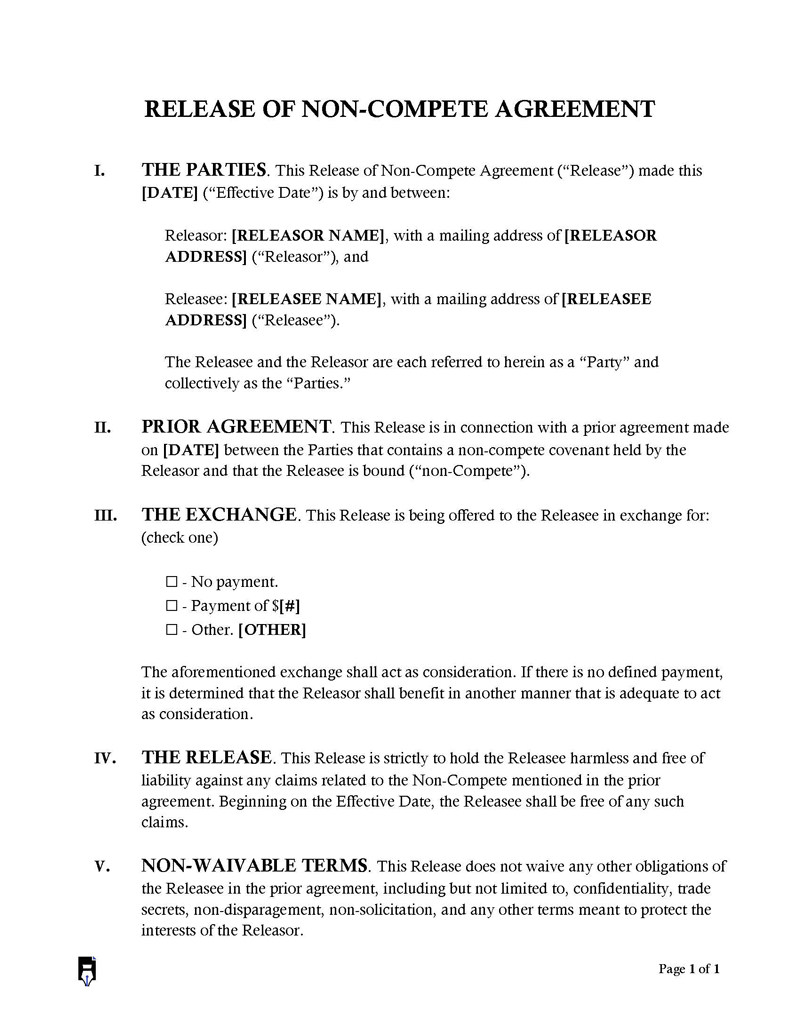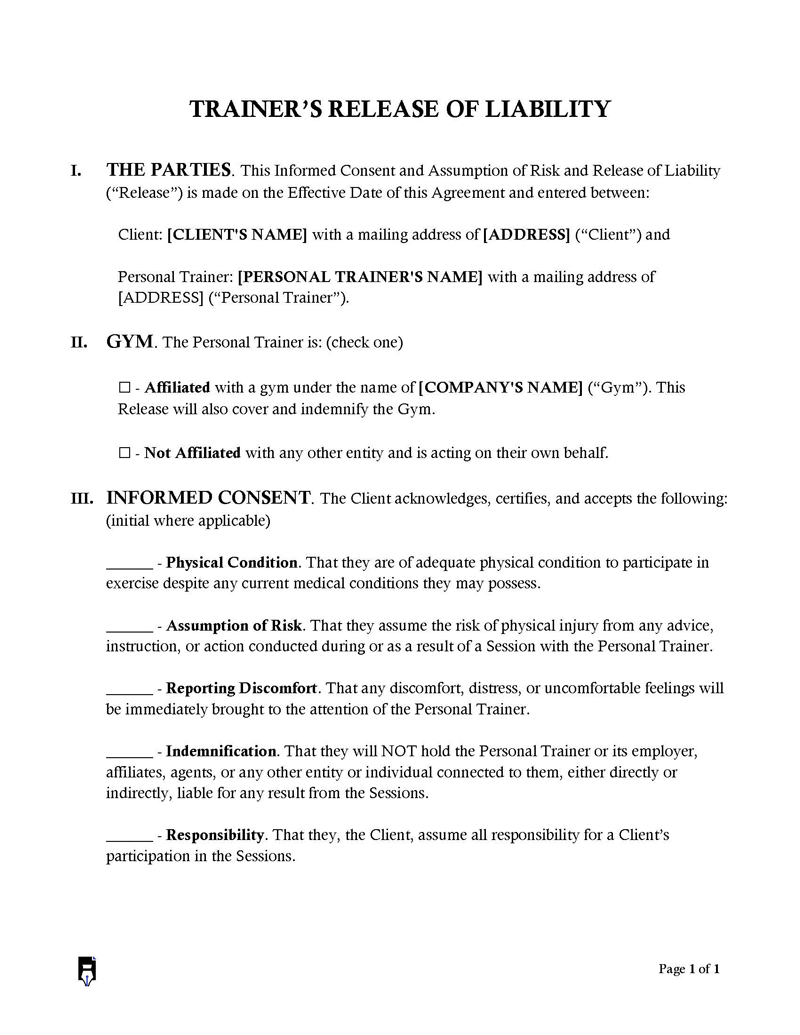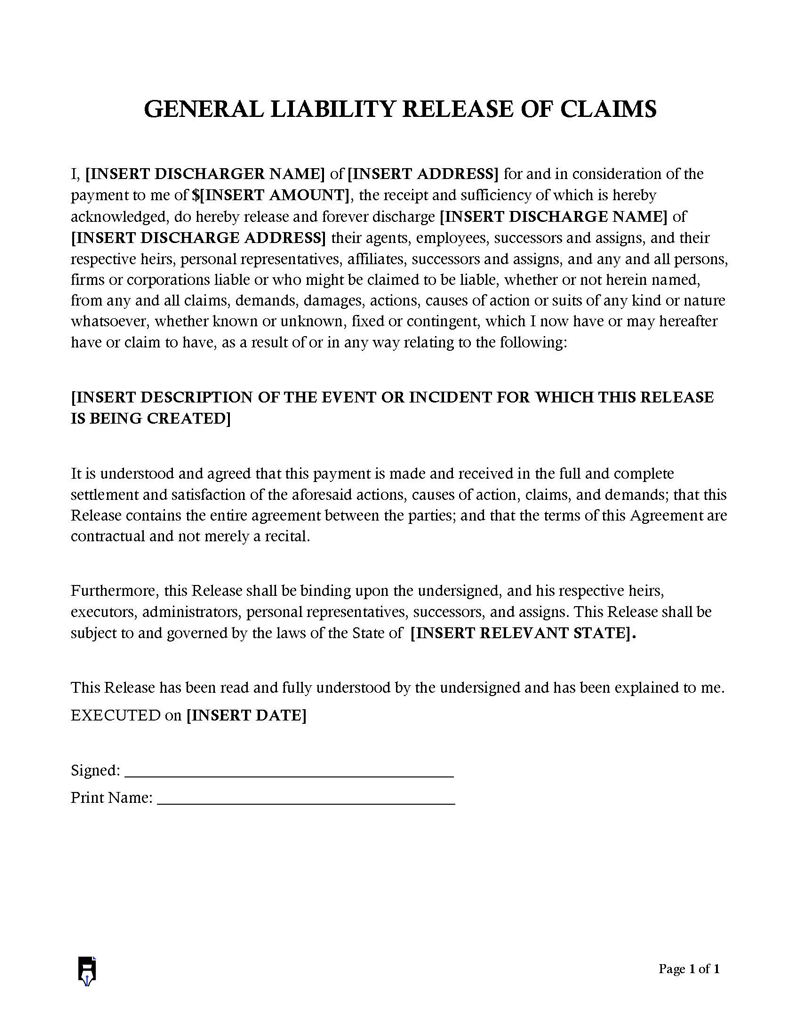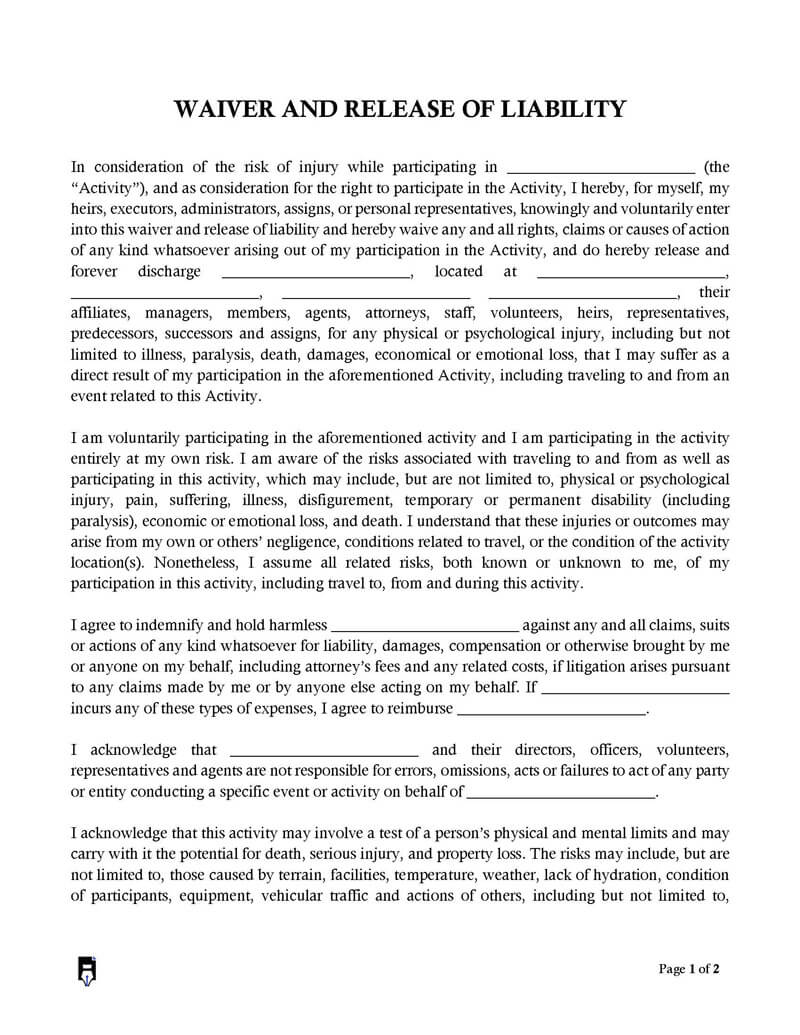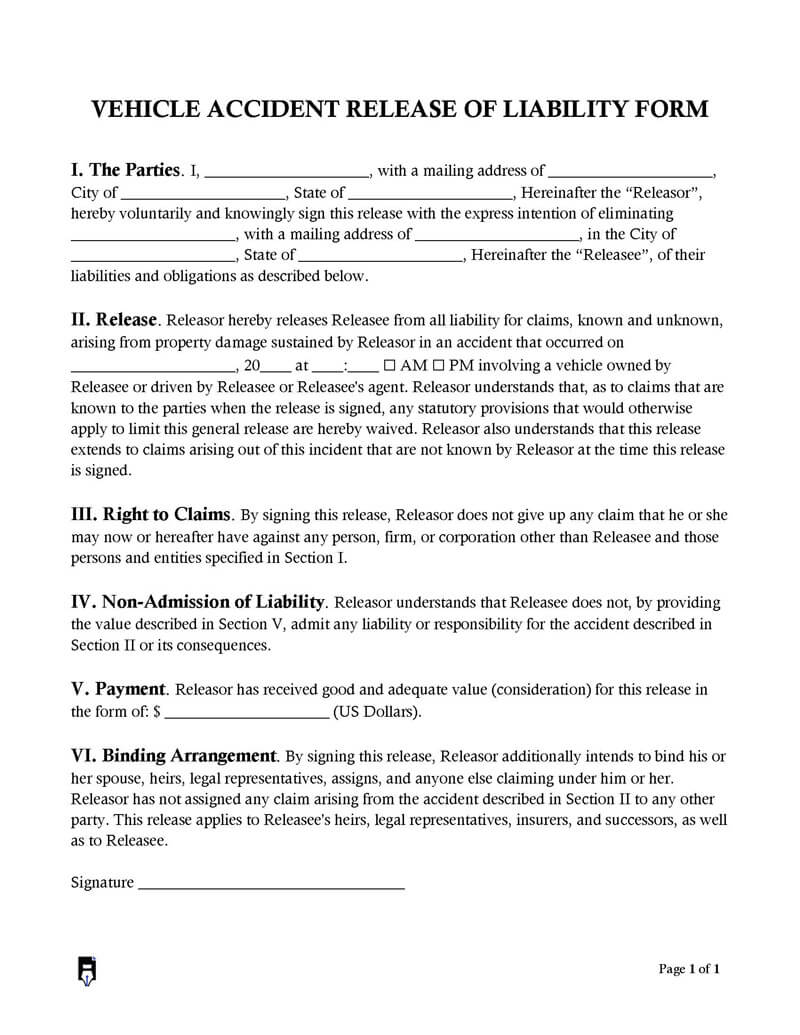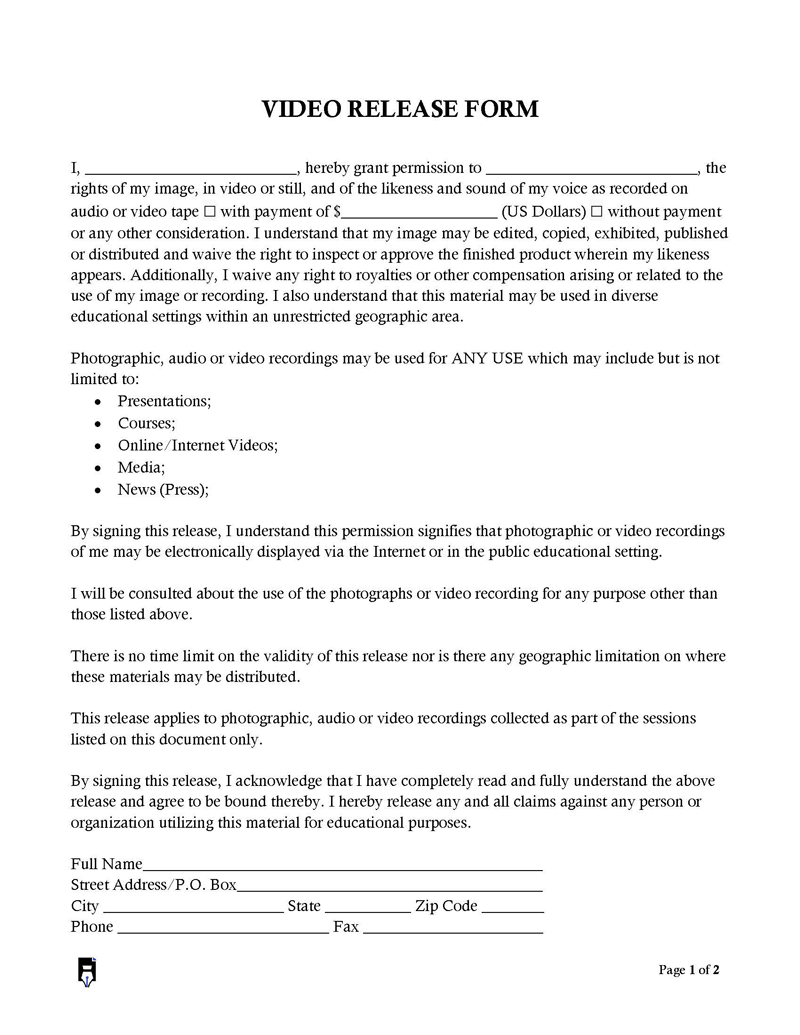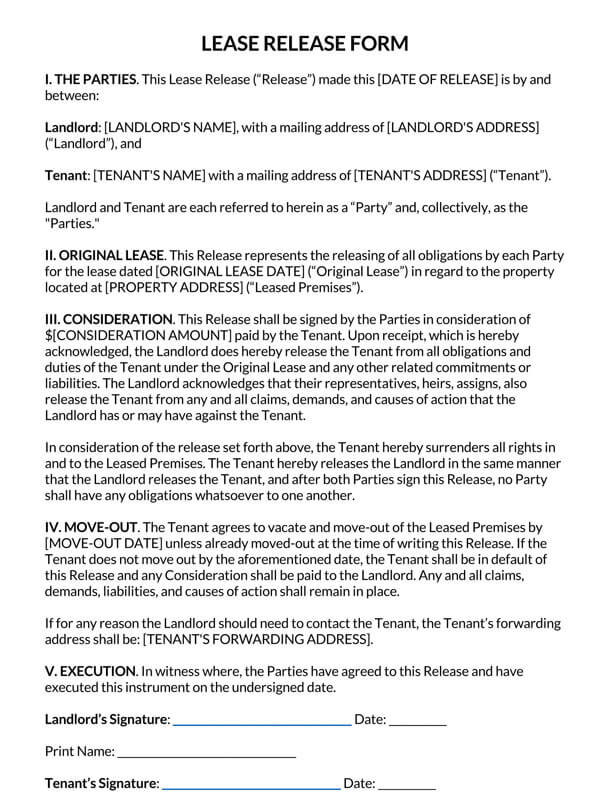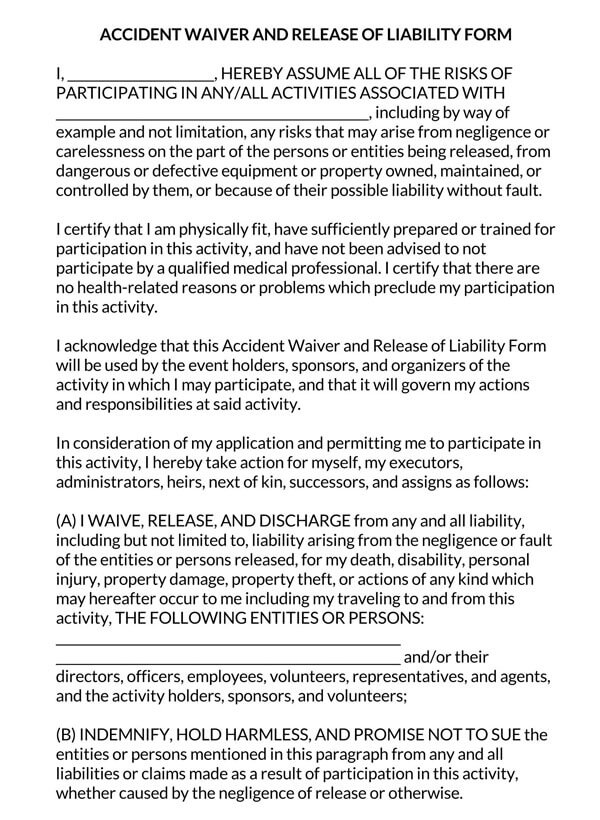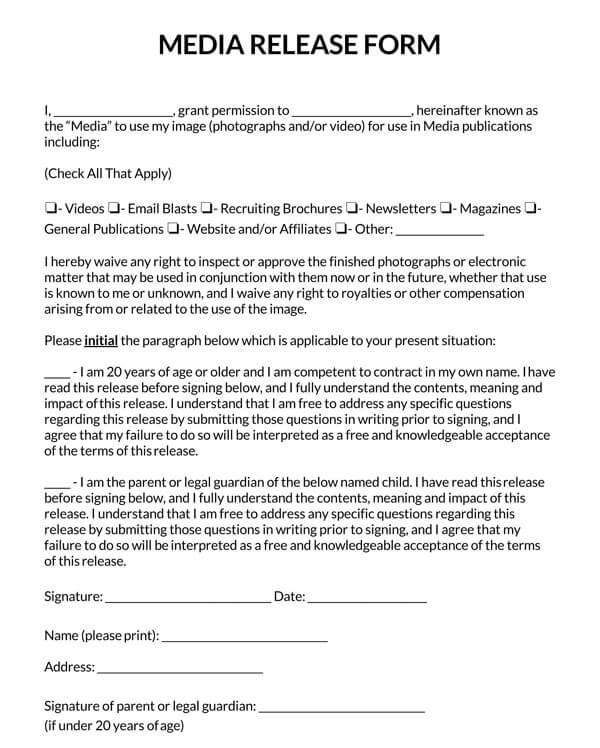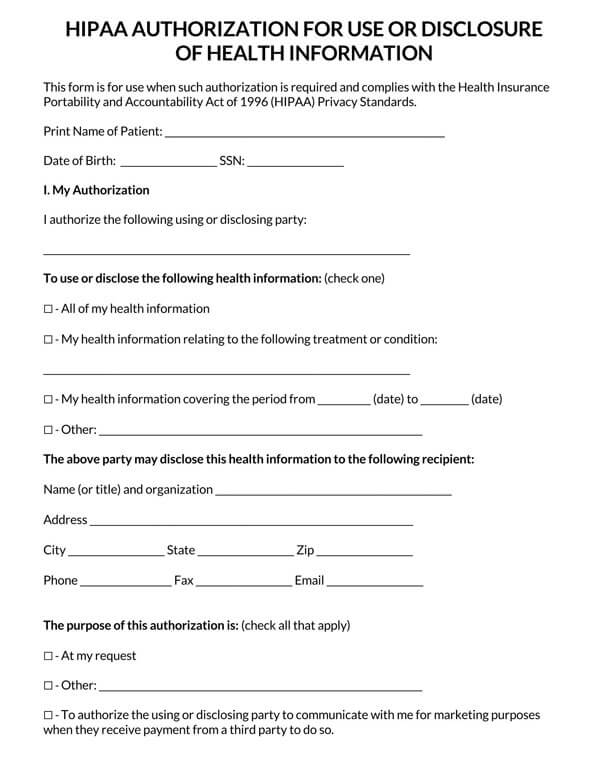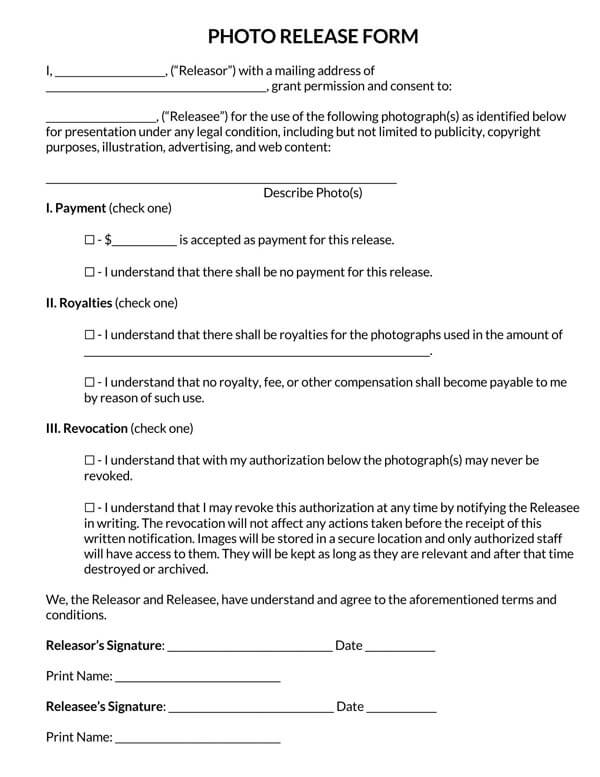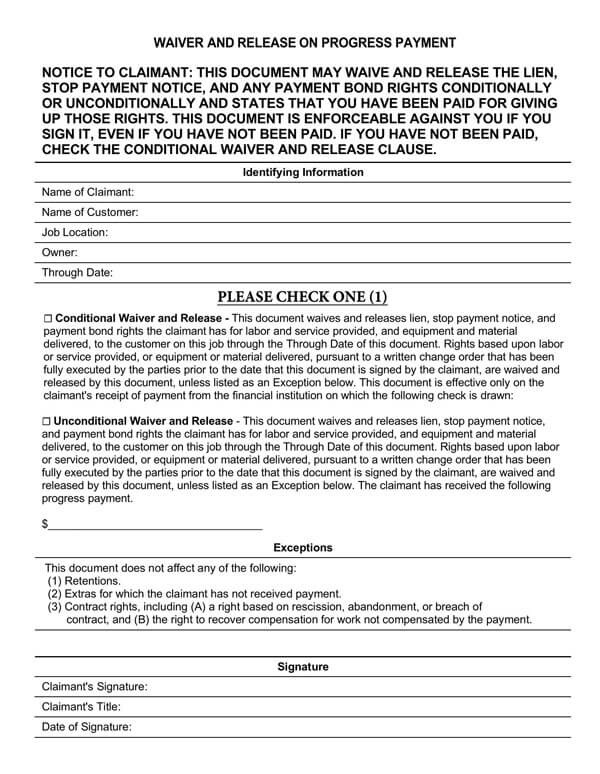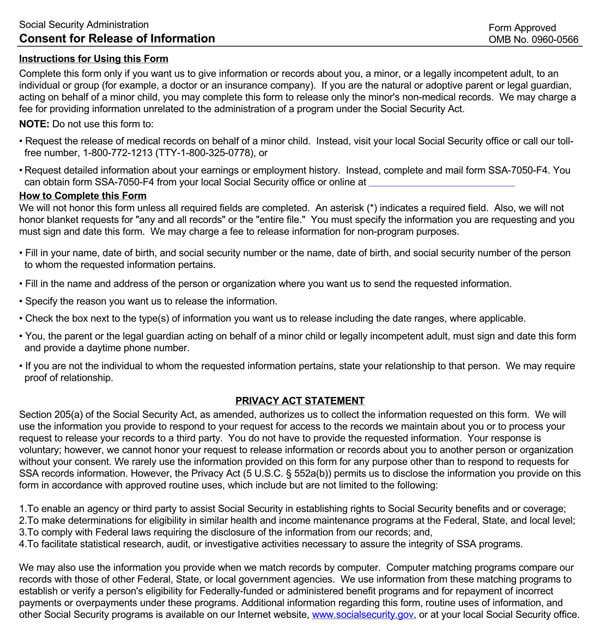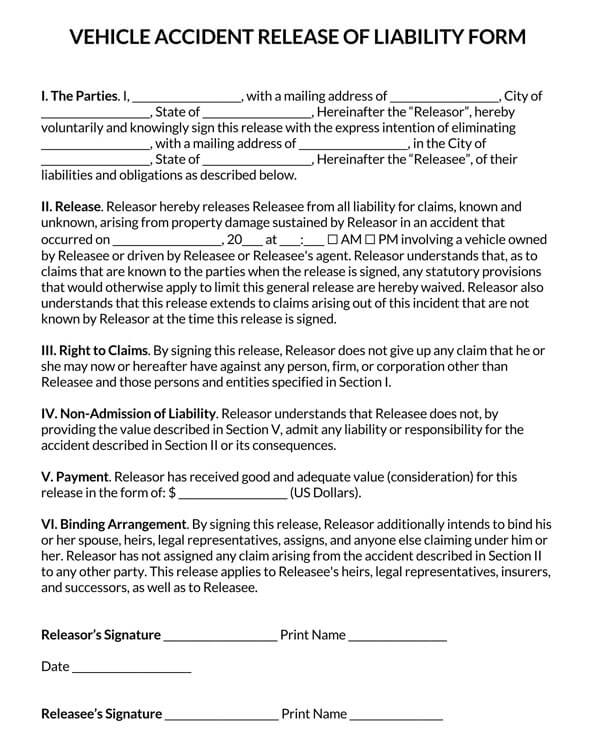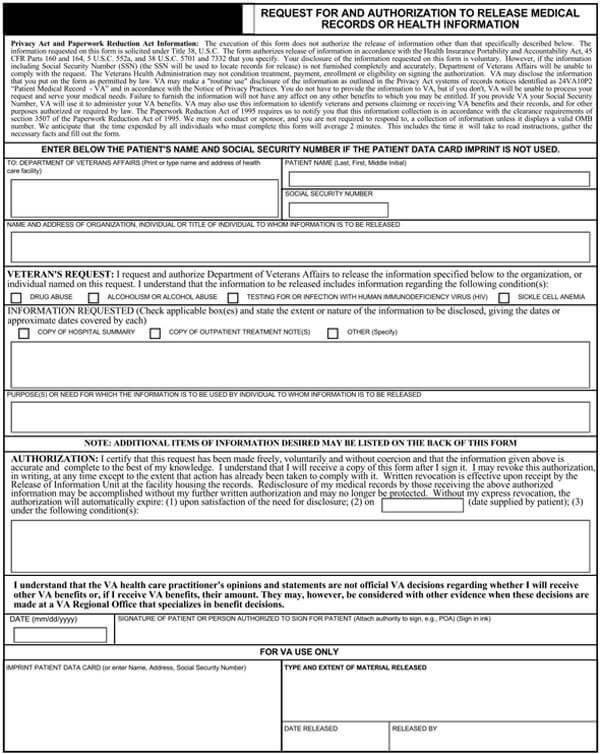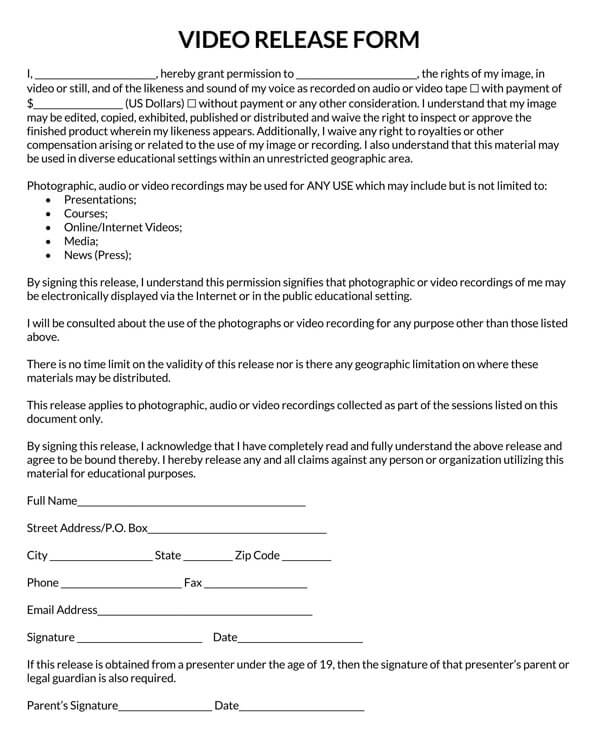A Release of Liability is a legal document that evidences an agreement to indemnify an individual or business entity from legal or financial liability. A General Release is used frequently when the releasor is broadly waiving all known and unknown claims in favor of the release. When a party waives a claim, it is agreed, in exchange for compensation, that legal action will not be resorted to. In other words, it is a way of settling legal disputes out of court.
A release of liability form is essential for every business venture engaged in physical activity, for them to protect themselves from potential lawsuits – from customers and employees alike. If an employee injures him or herself during business hours, the company will escape liability. However, if the injury were to result from negligence on the part of the employer, a release of liability would be defenseless; for example, an employee at a logistics company involved in an accident on the job due to a faulty truck that should have had its wheels changed.
A liability release form is used to forgo a claim for damages that have hitherto occurred, e.g., after an auto accident. It can also be used to abandon any future claims for tort or damage. An instance is the document players sign to indemnify the National Basketball Association of injurious liability arising on the basketball court
A release of liability form is otherwise termed:
- Hold harmless agreement
- Release agreement
- Liability waiver
- Liability release form
- Release form
- Waiver of liability
Free Release Forms
General Release Forms
Get General Release of liability templates and download them for your site.
Types of Protection a Release of Liability Covers
Release Forms by Type
Who Should Use a Release Of Liability?
A Release of Liability is typically comprised of two parties, namely:
- Releasor – Party indemnifying the other from a liability
- Releasee – Party being absolved of liability in exchange for money or some other form of valuable consideration
Release forms are essential in daily human interactions and occasions, either before or after an event occurs, and can be used by different individuals that fall under the two typically involved parties mentioned above; the releasor and the releasee. Persons and corporations alike may be concerned about being taken to court due to an accident occurring at their event or activity. Alternatively, this form is used when damage has already occurred due to an accident. Parties may both agree to settle the dispute out of court instead of resorting to an expensive lawsuit.
Below are the most common individuals based on specific roles assigned to whom situations are observed to arise commonly in which a waiver form, either general or mutual may be used:
| Releasor | Releasee |
|---|---|
| General Release | General Release |
| Supplier or Vendor | Business owner |
| Employee | Employer |
| Mutual Release | Mutual Release |
| Purchaser in a void contract | Seller in a void contract |
| Business partner | Business partner |
| Car Accident | Car Accident |
| Driver or passenger | Driver or passenger |
The release frees an individual or organization from liability that may arise from an activity. It is a general form for a range of circumstances. Releases are often signed by participants in risky physical activities such as skydiving.
This contract is an arrangement between the releasor who agrees to waive liability and the releasee who is excused from liability. It only borders on civil (monetary) claims for damages but does not apply to criminal culpability that might arise from negligence.
A release of liability is a simple form that is not difficult to prepare and does not necessarily require legal representation to obtain such a form. The forms should cater to a variety of events and should be carefully curated on a case-by-case basis.
Below are six different types of release of liability waiver:
General release
A General Release is handy when one party waives all claims against another party. This waiver covers a wide array of claims that are filed in the most common litigations.
The following information is contained in a general release form:
- Type of liability release: There are no esoteric words that will fit into every given situation, not even in a general release form. Therefore, the language and tone of the form should adequately describe the exact type of release, including releases that are common where the activity involved high risk.
- Names and contacts of parties: The particulars of parties must be boldly contained in the form. The form should make provision for an initial box to have the parties acknowledge that they have read every particular provision. This step helps to increase the probability that a court will give credence to the form should the dispute get out of hand and into the courtroom.
- Particulars of the dispute or incident: The form should contain the activity, the potential risks, and the fact that the participant has been advised about the risks. This should be in clear and simple terms. The use of complex legal sentence structures may lead to situations where the parties do not actually understand what they sign.
- Details of consideration: For any contractual relations to be valid, there must be “consideration.” Consideration need not be adequate as long as it is sufficient for the parties. This means an agreement to waive liability remains until the injured party receives something of sufficient value in exchange for signing the release. In most cases, the consideration is monetary.
Mutual release
Sometimes, parties may blame one another for injuries or damages. If this is the situation, they can each execute a mutual release agreement. Unlike the general release waiver above, a Mutual Release is essential in an instance when both parties abandon all past and future claims against one another. Most times, the object of the dispute is a breached contract where both parties deny fault. Instead of relying on an arduous and unreliable legal process, the two parties can use this medium to walk away from their rights and liabilities under the contract on their terms. However, legal claims are as commonplace as releases.
These forms should not be seen as just an analogous form of protection against all claims for damages. The Courts employ the standard of “reasonableness” to determine liability. However, the test of what constitutes reasonableness is not cast in stone, ergo, making it difficult to predict what the court thinks is reasonable. It is advisable for parties to do the needful and avoid litigation if at all possible.
Automobile accident release
In respect of automobile crashes, the parties involved in the accident can agree to the use of this release form which precludes them from suing each other. The innocent party waives liability from subsequent compensation for the accident in exchange for valuable consideration from the party at fault. This way, everyone avoids the unpleasantness of litigation.
Waiver for damage to property
A waiver for property damage is used when damage is caused to real property (property affixed to land) or personal property (movable property) and the parties choose to settle out of court.
Release for personal injury
A release for personal injury form can be used in tortious cases of injury to one’s person. In this case, a person suffers an injury and agrees not to seek legal remedy in exchange for compensation. Injury can be physical or psychological.
Waiver for participation in an event or activity
A waiver for participation in an event or activity is necessary for event and entertainment managers that require their customers to abandon potential claims that may arise against the event managers for personal injuries that may occur during the event. It is not uncommon to sign this form before actively participating in paintball, sports leagues, and other athletic events. However, it is worthy of note that this waiver does not cover accidents or injuries inflicted as a result of negligence on the part of the releasee.
General Release of Liability Form Uses
Generally, a Release of liability waives liability in favor of the releasee in an accident or other situation causing damage or injuries. Some liability situations may include participation in sports, recreational or related activities, attendance at sports, or entertainment events.
To be more specific, a release form can be used for:
- Compensation in the event of an auto crash where the driver who is at fault releases himself from liability
- Releasing a contractor after damaging one’s property in the course of employment such as landscaping or roofing
- Settlement of debts where there is a disagreement over the amount or other clauses in the loan agreement
- Releasing both the releasor and the releasee from liability in the event of a dispute over the blameworthiness for damages or injuries suffered. This is otherwise called a mutual release
- Waiving any potential claim that may arise in the future against an organization as a result of personal injuries sustained by participants in the course of an athletic event
- Hosting an activity or event of which participants are susceptible to injury due to its physicality
- Employment into a job that will require physical labor (e.g., a moving company)
What Should Be Included In a Liability Release Form
A General Release is handy when one party waives all claims against another party. This waiver covers a wide array of claims that are filed in the most common litigations.
The following information is contained in a general release form:
- Assumption of risk: In this provision of the form, the participant shows an understanding of the hazardous risk of engaging in the proposed activity and promises to assume responsibility for his health should an accident occur as a result. The completed form would shield the organization from any liability should a dispute arise in the future.
- Insurance: This provision of the form will clearly signify that the releasee will not indemnify the individual in respect of medical, health, or life insurance
- Consideration: The “consideration” component of a general release of liability form specifies the main promised action involved in an event focused on the releasor’s side, which is the reliable permission involved in the signing of this form and items; either monetary or of other intrinsic value that are offered to the releasor in return for signing the document.
- Medical treatment: Through the acknowledgment of this section in the form, the participants promise that he or they will not pursue legal action against the releasee even if they are subsequently injured by any emergency medical treatment during the event.
- Modifications: Any alterations sought to be made to the agreement must be specified in writing, and this section of the form will encompass the conditions and rules that will be related to these modifications.
- No admission: The “no admission” clause in a general release of liability form states that executing the document does not imply any admission of wrongdoing whatsoever.
- Parent or guardian signature: A minor under the age of majority is legally unfit to execute a contract and should have a parent or guardian co-sign the agreement (it is noteworthy that in certain states in the union, a parent or guardian cannot waive the legal right of a minor to sue for negligence)
- Photographic release: Under the photographic release provision in a specific release of liability form, the participant agrees that his or her pictures, likeness, and recordings can be used in furtherance of the event by the releasee
- Right to an attorney: Under the right to attorney clause in the form, permission to all parties is given regarding consulting with a solicitor about the document and signing it voluntarily
- Governing law: This section of the release of liability identifies and specifies the specific State according to the laws of which the agreement will be executed.
- Severable: A severable clause in the form determines the validity of the entire agreement in a manner such that it states that in case a particular part of the document is deemed invalid, the rest of the form is still deemed valid as a whole.
- Witness or notary: The witness or notary section of the form includes the signature of a third person who attests that the form was validly executed by both parties is not mandatory.
Release of Liability Form When Selling a Car
An individual who sells his or her used vehicle to another may be liable to a third party for any accidents or injuries caused by the buyer. This rings true even after the keys and title documents have been divulged to the buyer. A liability release form becomes a useful remedy for such concerning issues associated with the sale of a second-hand vehicle. In some states, the release is mandatorily issued to the DMV as proof of transaction.
It is advisable for residents of States where release is not mandatory to have the purchaser sign a liability release form because it doubles as sale documentation and may prevent potential legal troubles come what may. The completed release form should contain particulars of the vehicle and sale likewise, including contact information for both parties.
Typically, the release of liability form involved in the procedure of selling a car to ensure the purchaser’s safety outlines basic buyer and seller information initially and essential elements focused on the vehicle’s details in terms of model, make, color, year of manufacturing, etc along with specific vehicle identification number (VIN), odometer reading, license plate number date of sale and contact information.
Consequences of Not Using a Waiver
If parties do not agree to execute a waiver in writing, they face the possibility of litigating in court or dragging out a disagreement unnecessarily.
Here are some potential consequences that this form can prevent:
| Releasor | Releasee |
|---|---|
| Time Litigation takes an awful amount involving legal practitioners and court processes | Time Non-recoverable wasted time settling legal disputes in court that could have been used to build business |
| Expense Court battles are cost extensive and drain the coffers of the injured party alongside unpaid medical bills | Expense Payment of a fortune in legal fees and damages, if any |
| Mental Exhaustion The tedious nature of a lawsuit takes its toll on the injured party | Mental Exhaustion Creates apprehension of organizing another event |
Conclusion
The justice system can be likened to a mill that grinds slowly. It takes too much time to settle a dispute in court, especially since the verdict is unpredictable. Thanks to release forms, parties can circumvent that process in its entirety. It is advisable for parties to sign the waiver and agree to the compensation. This way, it becomes a win-win for all involved instead of relying on a lopsided court system.
